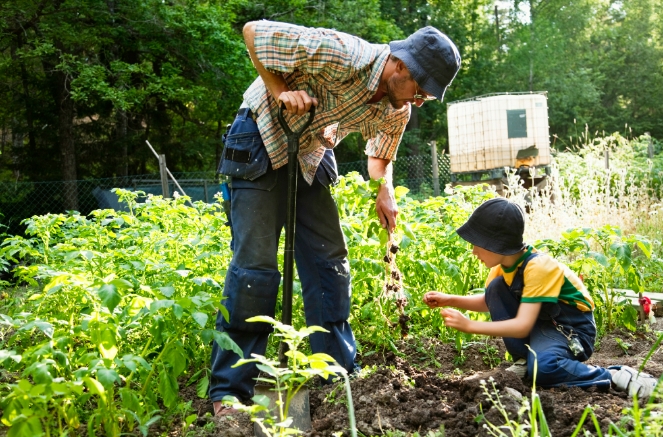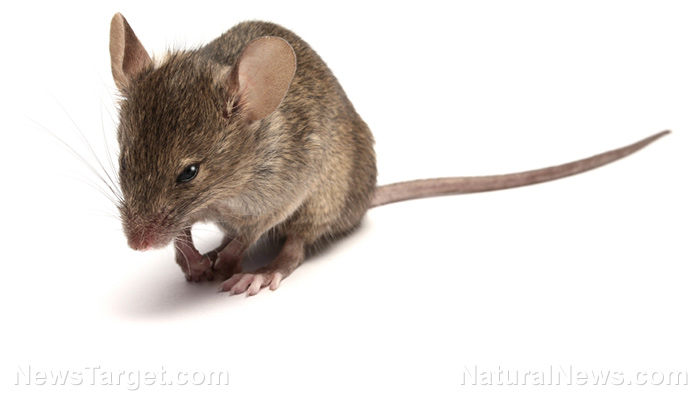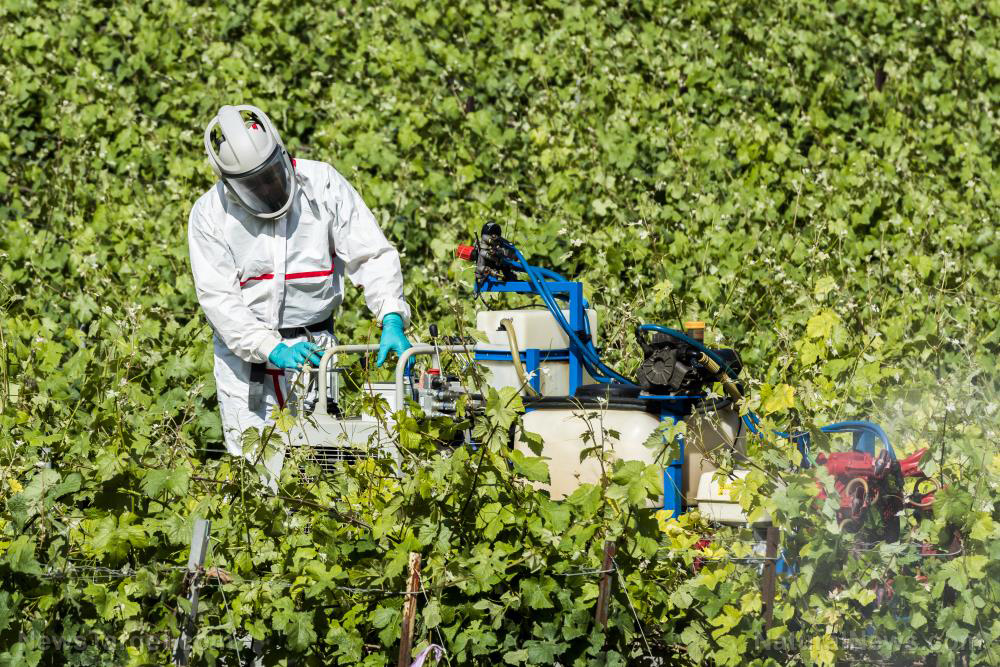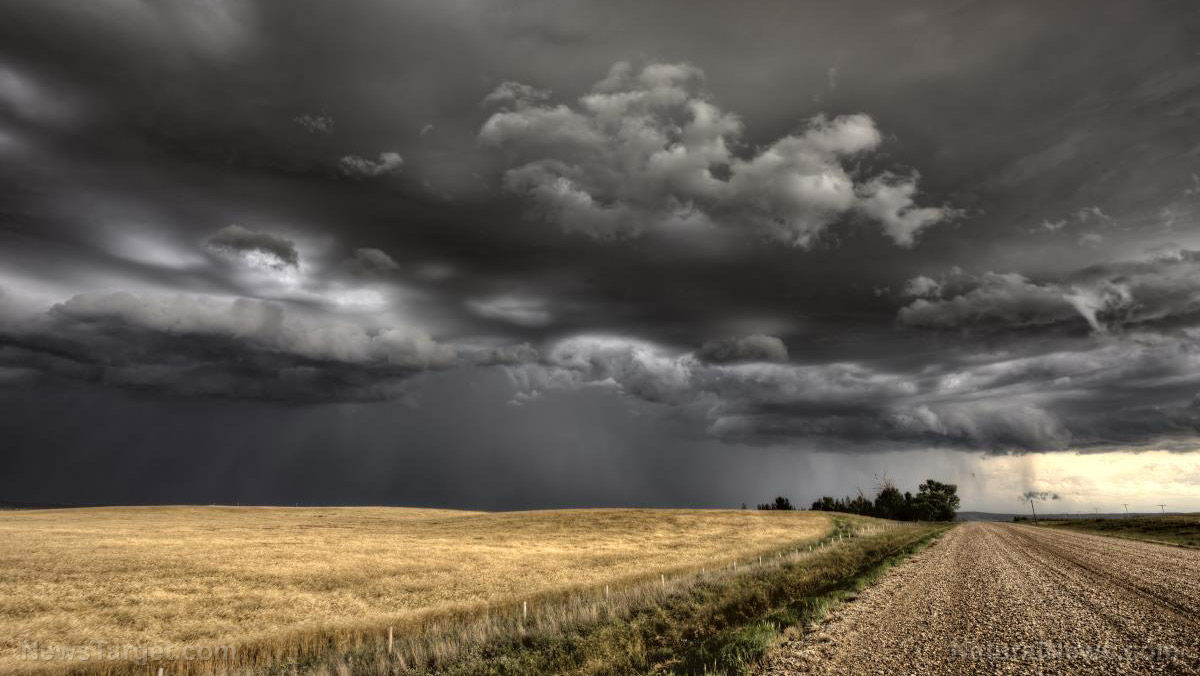
Advertisement
If you are interested in homesteading, you’ll need a piece of land you can call your own. While it isn’t impossible to practice homesteading in an apartment, a tiny home or in any other urban setting, it will be a lot more difficult to become self-sufficient, especially if where you live does not allow gardening or the raising of livestock.
However, there are several elements that you need to think about before calling your real estate agent and making a purchase. Here are six factors that you need to consider when buying a piece of land for a prepper retreat.
Acreage
A good homestead requires a lot of land. A homestead’s average size is around 10 acres, but prepper homesteads tend to be between 15 to 20 acres. Take note that you shouldn’t buy just any large piece of land even if it’s cheap. If the land is too large, you might not be able to effectively maintain it.
The ideal amount of land you need will depend on your budget, the size of your family, your skill in maintaining the land, the type of livestock you will raise and what natural features you need in the land to help you become more self-sustaining.
Water
If you want to be truly self-sustaining on your property, especially during disasters, you need to be able to retrieve water.
Avoid buying land that does not have at least one natural water source, such as a spring, creek or river. If it doesn’t have water, you can opt to still purchase the land if you can create a man-made pond. Know that this effort requires a considerable investment, which may put you over budget, which is why it is ideal to buy land that already has a water source.
Gardening
Before you even begin looking up homesteading land for sale, make a detailed gardening plan that can help you with your possible purchase. This plan will include questions that you want answered, such as:
- How large should your garden be to be able to feed your family and put up enough food to create a small stockpile?
- Will you grow food in a traditional garden plot, raised beds or containers?
- Can you build a greenhouse?
- Can food be grown in the house that currently exists or should you build a separate house?
If the answers to these questions – and any additional ones you may have – satisfy you, then you should have no problems with growing food in your new homestead. However, before you make your purchase, grab a soil sample and send it to a nearby testing laboratory. Getting a soil sample tested can provide you with even more details about the health of the land.
Watch this video by Natural News and learn about the two secrets to getting rid of weeds in your garden.
Livestock
The amount and type of land you buy will determine what kind of livestock your homestead can support. Developing and maintaining a healthy pasture and hayfield take years of hard work. Not only that, but your cows, chickens, pigs, sheep or other livestock will require both shelter and water. All of these considerations will make raising livestock expensive and time consuming. Make sure you have the resources for this. (Related: 10 Reasons preppers need chickens in their homestead.)
Property rights
Before you make an offer, consider having a lawyer look over the deed of sale. They should clear up any confusion about mineral and water rights, outstanding liens, easements through the property and deed restrictions. The last point is very important, as deed restrictions might place limits on a variety of factors that make the homestead self-sustaining, such as limits on the type or number of livestock you can raise.
OPSEC
OPSEC, or operations security, is a method by which you protect yourself by keeping certain information about your activities secret. Organizations use OPSEC to protect data about themselves that could be used by adversaries to gain an advantage. As a homesteader, practicing OPSEC can protect yourself, your family and your land from possible criminals who might try to loot your property.
You can do this by purchasing land in a secluded area with minimal road frontage. Consider also purchasing land that may be difficult to access or in a naturally covert area. This should be enough to deter most passersby. If somebody does happen to drop by, you will be able to keep your garden and the amount of livestock you have hidden.
There are plenty of other factors to consider, such as whether you can build alternative energy systems in your homestead, but the six listed above are necessary to building a strong, secure and self-sustaining homestead.
Sources include:
Advertisement
Advertisements
















